|
Visas are often viewed as difficult or confusing since there are many different requirements, methods of application and types of visa to choose between, before even applying for one. Some countries may require you to pay for a visa and then sometimes in US Dollars, sometimes in their own currency. Some countries require proof vaccination against yellow fever and some do not. Please don’t be deterred from a trip of a lifetime by seemingly complicated visa arrangements. This blog has been created from researching the latest and most up to date information for visa requirements throughout Southern Africa, to make travel as simple and stress free as possible. We will be publishing another blog on visa requirements for East Africa soon. The following information is correct at time of publication, however it is always best to contact the respective representatives in your country for full up to date advice prior to travel. South Africa South Africa is Africa’s most visited country and the home of Beat About The Bush. There have been a few alterations to South Africa’s travel requirements in the past few years, so even if you have visited the Republic many times it is always worth ensuring you are up to date with the latest information. Upon arrival in South Africa passport holders of certain countries will be granted a visitors permit for travel in the Republic of up to 90 days. Here is a list of passport holders who will receive this visa. The requirements for entry to South Africa are as follows:
Usually tourist entry to South Africa is granted for a full 90 days but it is advisable to check your stamp before leaving the immigration desk that you have been granted enough time for your full trip. Here is the link to the South African Home Affairs website: http://www.home-affairs.gov.za/index.php/countries-exempt-from-sa-visas SOUTH AFRICAN IMMIGRATION LAWS REGARDING CHILDREN ARE APPLICABLE ALSO IF ONLY PASSING THROUGH THE COUNTRY TO A DIFFERENT DESTINATION. 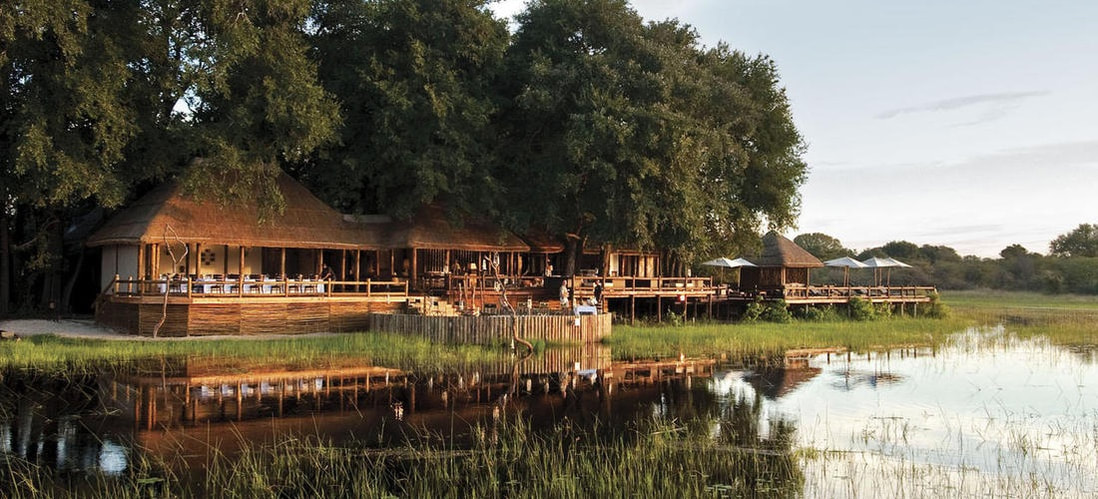 Sanctuary Retreat's Chief's Camp, Okavango Delta Botswana All citizens of countries that are part of the Commonwealth (except those from; Bangladesh, Cameroon, Ghana, India, Nigeria, Pakistan, and Sri Lanka) can enter Botswana without a visa. On arrival you are granted a permit allowing you to stay up to 30 days in the country. Here is the full list of countries exempt from needing a visa for Botswana. The requirements for entry to Botswana are as follows:
Here is the link to the Botswana Home Affairs website: http://www.gov.bw/en/Visitors/Topics/Before-You-Go/Before-You-Go1/ Usually entry to Botswana is granted for the full 30 days but it is advisable to check your stamp before leaving the immigration desk that you have been granted enough time for your full trip. Zambia Here is a list of the countries whose citizens will need a visa either granted online, on arrival or beforehand at a mission in their country. The Zambian tourist visa lasts up to 90 days. A single entry visa to Zambia costs US$50.00 per person and must be paid in cash. Bank notes that are older than 2006 will not be accepted and it is advisable to have small notes as this value can change and change will not be given.
Zambia is one of the countries paving the way forward for visa services by making it possible to apply for your visa online prior to arrival. Once granted approval you must enter the country within 90 days of your approval letter, otherwise you must make another application. Apply online here: https://evisa.zambiaimmigration.gov.zm/#/ You will enter your basic passport information and details of your itinerary including addresses of your lodge and hotels whilst in Zambia. Please note that the KAZA UNIVISA is not available online. Processing time can take a few days to a working week and you will be emailed an approval letter. This is what you will present to the immigration officer upon arrival in Zambia to grant you a visa and this is when you do your payment. Commencing on 9th March 2018 it is now possible to pay for your e-visa securely online with most credit or debit cards. Usually entry to Zambia can be granted for 90 days but it is advisable to check your stamp before leaving the immigration desk that you have been granted enough time for your full trip. Zimbabwe Here is a list of countries that will be granted entry to Zimbabwe upon arrival and payment of visa fees. A single entry visa to Zimbabwe may cost up to US$50.00 per person. Bank notes that are older than 2006 will not be accepted and it is advisable to have small notes as this value can change and change will not be given.
Zimbabwe also offers visa applications online prior to arrival, although please note that the border officials have the right to deny entry to any persons regardless of their possession of an e-visa. Once again you’ll complete the application online and you will only pay for your visa when you have arrived in Zimbabwe. The average time to wait for an e-visa is two days. The e-visa is valid for 3 months from the date of issue. Apply for your e-visa here. Please note that the KAZA UNIVISA is not available online through Zimbabwe’s e-visa scheme. Usually entry to Zimbabwe is granted for 30 days but it is advisable to check your stamp before leaving the immigration desk that you have been granted enough time for your full trip. Zambia & Zimbabwe The KAZA UNIVISA was first introduced in December 2016. It is one visa which allows entry to both Zambia & Zimbabwe and available on arrival to citizens of eligible countries at these certain ports of entry . It costs $50.00 per person and allows for multiple entries for up to 30 days providing the holder remains in Zimbabwe or Zambia. It also covers Day Trips to Botswana via the Kazangula Border, only. The KAZA UNIVISA is not available online. Here is a list of the countries whose citizens are eligible for the KAZA UNIVISA. Namibia Here is a list of countries that are exempt from visa requirements to Namibia, for these visas.
Usually entry to Namibia is granted for 90 days but it is worth checking your stamp before leaving the immigration desk that you have been granted enough time for your full trip.
1 Comment
South Africa is world renowned for its wine and for good reason. However, the Western Cape’s Wineland region is not just about the vineyards. The area is a rich tapestry of culinary delights, beautiful scenery and family fun. Less than an hour from Cape Town, the Winelands are easy to access and the perfect accompaniment to a Cape Town city break. There is plenty to do and we recommend taking several days to explore the region thoroughly and soak in its relaxing atmosphere if you can. There is no need to rush a good wine. Beat About the Bush Tourism Services can organise a visit to the Winelands as part of your tailor made safari. Alternatively, we offer a food and wine safari that incorporates both the Winelands region and big game areas in South Africa and Zimbabwe, thus ensuring that guests can indulge in the best cuisine and the best wildlife sightings Southern Africa has to offer. Here are our top 10 places to visit in the Winelands region: 1. Franschhoek Motor Museum, Franschhoek The Franschhoek Motor Museum offers visitors a special opportunity to look back at more than 100 years of motoring history with its unique and exciting collections of vehicles, motorcycles, bicycles and memorabilia in the magnificent setting of L’Ormarins. 2. Delaire Graff Winery, Stellenbosch The Delaire Graff Estate, nestled between majestic mountains and overlooking the vineyards of Stellenbosch, has outstanding restaurants, a state-of-the-art winery, exclusive lodges, exuberant landscaping, a destination spa and luxury boutiques. It is well worth a visit to the estate for its art displays, flower gardens, wine tasting and stunning views. 3. Muratie Winery, Stellenbosch Tucked into the exquisite Knorhoek Valley north of Stellenbosch, Muratie Wine Estate protects a century’s old wine experience that is a magnet for wine lovers around the world. The farm itself dates back to 1685 when it was granted by Governor Simon van der Stel who was Governor of the Cape of Good Hope at the time. This makes Muratie one of the oldest estates in South Africa and along with that age comes many characters and truly fascinating stories. This winery’s history and old-world feel are kept alive at Muratie Wine Estate and shared with visitors. 4. Fairview Farm and Winery, Paarl Fairview is a working farm, housing a collection of micro-businesses all sharing in a common goal – to create artisanal and sustainable produce, with a focus on fine wine and cheese. It is a great place for family fun. With a wonderful restaurant, a shop and deli, cheese tasting, beautiful gardens and a goat tower, there is something for everyone. 5. The Spice Route, Paarl The Spice Route brings together artisans in a family friendly restaurant and shopping environment. From chocolate making, beer brewing and glass blowing to a selection of tastes from all corners of South Africa, the Spice Route is the perfect pace to learn about new crafts, sample foods or buy gifts. With a play area, picnic spot and demonstrations, it is also wonderful for children. 6. Babylonstoren, Paarl Dating back to 1692, Babylonstoren is a historic Cape Dutch farm that boasts one of the best preserved farmyards in the Cape. Beloved for its magnificent garden that is laid out over 3,5 hectares (8 acres), the garden is divided into 15 sections that comprise fruit, vegetables, berries, bees for pollinating, indigenous plants, fragrant lawns, a prickly pear maze, ducks and chickens, and more. A secluded path runs along the stream where thousands of clivias flower in spring. The garden also boasts a plethora of trees of historical and botanical import. Every aspect of Babylonstoren – including the contemporary Farm Hotel & Spa, the Farm Shop and Bakery – are led by the ever-changing tapestry and botanical diversity of the garden. 7. Waterford Winery, Stellenbosch Waterford Estate is situated in the picturesque Blaauwklippen Valley. Only half of the total 120 ha of land is used for planting of vines, in order to preserve and maintain the natural fauna and flora on the Estate. The winery offers a relaxing setting where guests can sit and enjoy various tasting options including the Wine Drive Safari and Porcupine Trail walk. The Wine and Chocolate Tasting is a unique flavor experience. Chocolatiers have created a series of dark and milk chocolates that, when paired with the winery’s Shiraz, Cabernet Sauvignon and Natural Sweet wine, results in a flavor sensation unlike any other. 8. Van Ryn’s Brandy Distillery, Stellenbosch The Van Ryn’s Distillery, housed in a beautifully preserved historic complex on the banks of the Eerste River, is the only brandy distillery in Stellenbosch. It is also home to some of the world’s best brandy. Here visitors can learn about the origins of Van Ryn’s dating back to 1845. See the burnished copper potstills and watch skilled craftsmen at work at the on-site cooperage. Find out how we potstill our brandies, mature and blend them. Sample international award-winners and pair them with a carefully selected range of artisanal delicacies, from confection and estate coffee to cheeses and charcuterie. Taste three award-winning brandies paired with hand-made Belgian chocolate and Brazilian coffee for a luxurious indulgence. 9. La Motte Winery, Franschhoek Situated in the beautiful Franschhoek Valley, La Motte is home to the finest wines, recognised internationally for exceptional quality. With its picturesque setting, traditional cuisine and historic charm, La Motte is an enchanting choice for those who appreciate the finer things in life. The estate boasts an art museum, a sculpture walk, a hiking trail, a farm shop, wine tasting and an exceptional restaurant. It is also a venue for classical music concerts. 10. Backsberg Estate Cellars, Paarl Steeped in family history, the Backsberg Estate’s philosophy is to provide pleasure and enjoyment to a broad range of wine lovers by producing wines not only with structure and finesse, but also with a high level of “drinkability”. The estate embodies this welcoming ethos with stunning views of the Simonsberg Mountains, a tasting room, and a restaurant situated under the trees in the estate’s beautiful gardens. Children can enjoy the gardens while parents relax.
*Warning: this blog post contains images that some readers may find disturbing. Lions represent an essential part of the African landscape. As an apex predator, they help maintain healthy ecosystems by keeping prey numbers in check and removing diseased or weak individuals from prey populations, thus improving the overall health of these species. Lions are also of vital economic importance. As a member of the Big Five and a must-see on most tourists’ wishlists, lions and other iconic species are fundamental to South Africa’s tourism success. The total contribution of travel and tourism to the gross domestic product (GDP) of South Africa was R 402bn (9.3% of GDP) in 2016. The travel and tourism sector accounted for 1.5 million jobs or 9.8% of total employment in 2016. In June 2017, South Africa announced the legalised export of 800 skeletons (with or without skulls) from captive bred lions to Asia a year, sparking controversy from conservationists and safari operators who suggest that this decision may threaten lions and jeopardise the tourism industry. Similar to rhino horn, the demand for lion bones is stimulated by traditional medicinal uses in Asian countries. Unlike many other species in traditional Asian medicine, the use of lion bones is a relatively new trend that only became public knowledge about a decade ago. Powdered tiger bones have been used as ingredients in wine for at least 1000 years. Tiger bone wine and cake is believed to have aphrodisiac qualities and cure malaria, arthritis, other bone ailments and rheumatic conditions. No scientific merit has been associated with these claims. Following a steep decline in wild tiger populations, the species received greater protection measures, including a ban on all trade and stricter law enforcement. This provoked the use of bones from other big cats as viable substitutes, including lions, leopards, snow leopards and clouded leopards, with lion bone being the most popular due to their physiological similarities to tigers and the relative ease in accessing bones from South Africa. South Africa is the largest exporter of lion parts to China, Laos PDR and Viet Nam, with bones originating as by-products of the canned hunting industry. In South Africa, between 6000 and 8000 lions and 280 tigers are kept in captivity. Lions are primarily farmed for canned hunting (animals are bred and raised in captivity to be released into the ‘wild’ a short time before a hunt is planned). Paying hunters often keep the skins and sometimes the skulls as trophies. The bones, previously discarded, have now become a source of commercial income and are legal to trade internationally up to a certain quantity with the correct permits. It is probable that tiger bones and lion bones are passed off as one another depending on the sellers availability at that time. Wild lion numbers have declined by 43% in past two decades to an estimated 20000 lions in Africa today. This decline is largely associated with habitat loss but conservationists and leading tourism operators fear that legalised trade in captive lion bones may stimulate further declines in wild populations and discredit South Africa’s reputation as a photo-safari destination. Limited trade in lion body parts bred in captivity is legal but trade in body parts from wild lions is not permitted. Permitting some trade in animal parts can fuel market demand which may lead to poaching of wild lions and tigers, especially since wild animals are preferred over captive felids in traditional medicine. Examples of illegal poaching for lion bone have already been recorded. In early July 2017 three lions were poisoned with Temic laced baits in Limpopo National Park, Mozambique for the lion bone trade.
For more information about the lion bone trade, we recommend the following reports:
Cape Town is affectionately called the ‘Mother City’ and we love our Mama! In 1580 on seeing the Cape for the first time, Sir Francis Drake wrote in his journal: “This cape is the most stately thing and the fairest cape we saw in the whole circumference of the earth.” We couldn't agree more. There is so much to do and see in Cape Town that you could easily stay for an extended period. To give the city and its surrounding area justice, we recommend planning at least three nights here. Beat About the Bush organises superb accommodation and provides tailor made professional tours of Cape Town for our guests. Here are our top ten things to see and do in and around the Mother City. 1. Take the revolving cable car to the top of Table Mountain. The five-minute cable car ride carries you to the summit of Table Mountain, 1089 m above Cape Town, gently rotating 360 degrees for spectacular views along the way. At the top there are places to sit and soak in the incredible scenery as well as hiking trails to explore. 2. See the penguins at Boulder’s Beach. Get up close with an African penguin colony at Boulder’s Beach near Simon’s Town. The penguins can be viewed throughout the year, however January is a great time to visit when the juvenile birds are moulting on the beach. 3. Take a walk or have a picnic in Kirstenbosch National Botanical Garden. Part of a larger nature reserve and melding in with the natural environment, Kirstenbosch has a huge variety of flora to explore both outside and in greenhouses. There are over 7000 species in cultivation at Kirstenbosch, including many rare and threatened species. 4. Drive to the tip of the Cape Peninsula at Cape Point. Cape Point is well worth a visit. This world heritage site and nature reserve within the Table Mountain National Park is at the tip of the Cape Peninsula 60 km southwest of Cape Town. A drive to Cape Point not only offers stunning views but also an abundance of flora and fauna. Cape Point teems with buck, baboons and Cape mountain zebra as well as over 250 species of bird. 5. Visit the Company’s Gardens. The Company’s Gardens is the oldest garden in South Africa. It has its origins in Jan van Riebeeck’s vegetable garden, which he grew to feed the original colony. This large public park and botanical garden is right in the heart of Cape Town and it has a rose garden, Japanese garden, pond, aviary, and a permanent craft market. There is often local live music being preformed. 6. Sample the exquisite wines of the Cape Winelands. About 40 kms east of Cape Town, the Cape Winelands are a collection of historic towns, little hamlets and Cape Dutch farmsteads that provide well-regarded South African wines to the world. With stunning scenery and culinary delights, a visit to the Winelands is a must. 7. Soak up the culture of Bo-Kaap. Bo-Kaap is one of the most photographed areas within Cape Town due to its brightly painted architecture and cobbled streets. The area is one of the oldest residential areas in Cape Town and it has a rich multi-cultural history with roots in Malaysian, African, Indian and Sri Lankan cultures. You can delve further into Bo-Kaap’s vibrant history by taking part in walking tours, mosque visits and museum visits. 8. Get up close to the great white sharks of False Bay. Cape Town is famous for its great white shark population. Get out on the water on a shark breaching trip. Shark breaching is one of the hunting techniques that great whites use to surprise and kill its prey. The shark propels right out of the water from the incredible force and energy exerted. 9. Go museuming! Cape Town is filled with fantastic museums. We recommend the District Six Museum to learn about the history of forced removals in District Six and the Gold of Africa Museum to learn about South Africa’s history of gold mining and smithing. In September 2017, the Zeitz Museum of Contemporary Art Africa (MOCAA) will open its doors (pictured above). Zeitz MOCAA will house Africa’s largest collection of contemporary African art. 10. Watch the noon day cannon fire. Since 1806, a shot has been fired from a cannon on Signal Hill at noon as a time indicator. The tradition is still alive today and the shot is loaded by the South African Navy and heard by residents daily. The noon day gun is Cape Town’s oldest lasting tradition and visitors and invited to watch the process of shooting the gun while they gaze out at beautiful views of the city.
Today marks the end of South Africa’s first online rhino horn auction. The three-day auction opened on August 23rd amidst an onslaught of publicity and controversy. The auction follows the legalisation of domestic trade in rhino horn within South Africa earlier this year. International trade in rhino horn was banned in 1977 by the Convention on International Trade in Endangered Species of Fauna and Flora (CITES) and remains prohibited today. However, domestic trade of rhino horns remained legal in South Africa until 2009 when the South African government imposed a moratorium on domestic trade in response to a rise in rhino poaching. This remained uncontested until private rhino breeders filed a lawsuit to overturn the domestic moratorium and on April 5, 2017, they succeeded by winning a court case against the South African government, thus legalising the domestic trade of rhino horn within South Africa once again. John Hume, the world’s largest rhino breeder who owns more than 1500 rhinos on his private farm, led the court appeal with safari operator, Johan Kruger. Hume also launched South Africa’s first online rhino horn auction, which is coming to a close today. Hume regularly de-horns his rhinos through a painless procedure. De-horning is done to deter poachers and has resulted in Hume stockpiling approximately five tonnes of rhino horn. This week’s auction aims to sell 264 rhino horns, totalling about 500 kg. Hume will also host a physical rhino horn auction on September 19, 2017. Rhino products can be sold to international buyers but the horns must remain within South Africa. All rhino horns are microchipped, DNA traced and entered into a national database to prevent illegal trafficking. Buyers and sellers of rhino horn are required to apply for government issued permits. South Africa is home to the world’s largest population of rhinos but is in the midst of a severe poaching crisis. Rhino horn is illegally harvested and trafficked to mostly Asian markets for traditional medicinal use. See our blog post on rhino poaching for more information. Hume argues that the auction will “raise money to further fund the breeding and protection of rhinos”. Money raised from the auction will contribute towards the spiralling security costs required to protect his rhino population. He believes that by farming rhinos as a ‘renewable resource’ (after dehorning, rhino horn grows back to its original length in two or three years), the market could be flooded (whenever international trade bans are lifted), thus reducing illegal poaching pressures. Many conservationists are opposed to the domestic sale of rhino horn within South Africa and argue that because there is little use or demand for rhino horn nationally, purchases may ultimately end up being trafficked to international markets. Legalisation of rhino horn trade within South Africa may serve as a cover for black market sales internationally and further fuel rhino poaching by creating a surge in demand that cannot be met. There are concerns that the measures put in place to track the horns and keep them within South Africa may be counterfeited and in partnership with corrupt officials, horn will be illicitly traded internationally. Advertisements for the online auction and the auction’s website were translated into English, Mandarin and Vietnamese, further provoking suspicions. Some conservationists argue that rhinos should not be farmed, as the current population of privately owned individuals cannot meet the high product demand on a regular basis. Instead, efforts should be focussed on protecting rhinos in the wild. The opposition has been so severe that hackers closed down Hume’s auction website for several days prior to the auction’s launch.
As the auction comes to a close later today, the world waits to hear the outcome and its implications for international rhino conservation. |
AuthorTrevor Carnaby Archives
March 2018
Categories
All
|

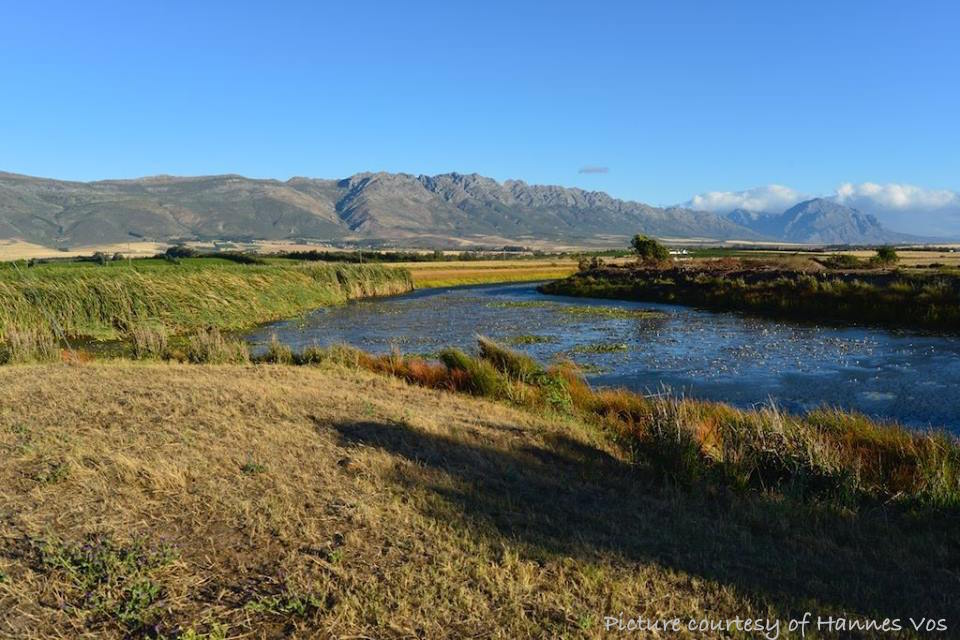
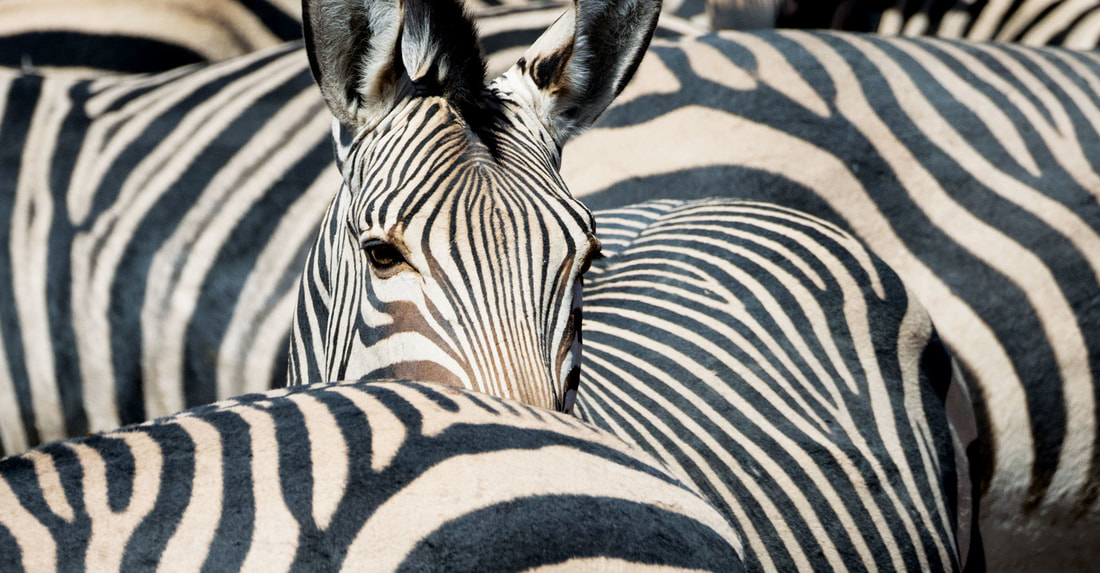
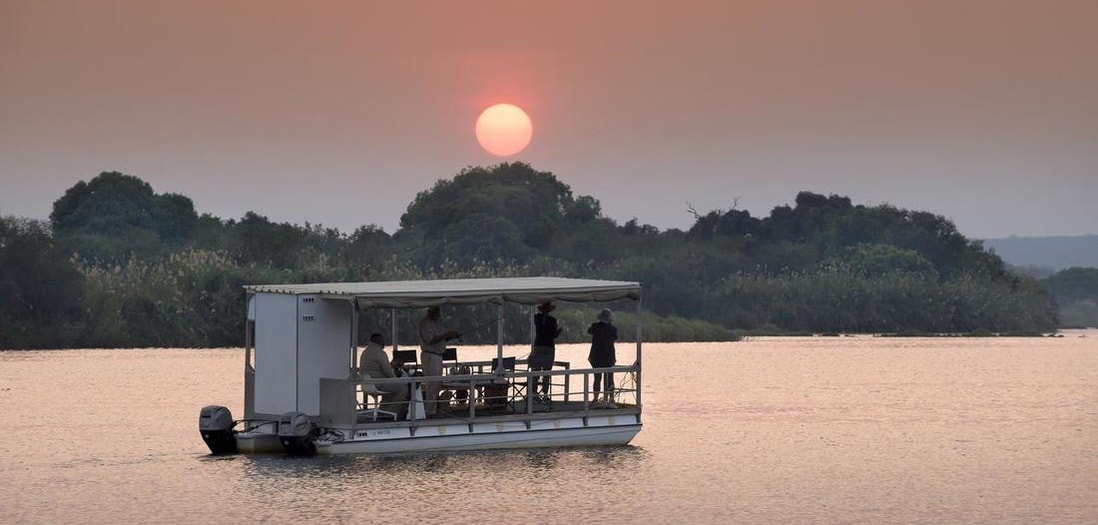
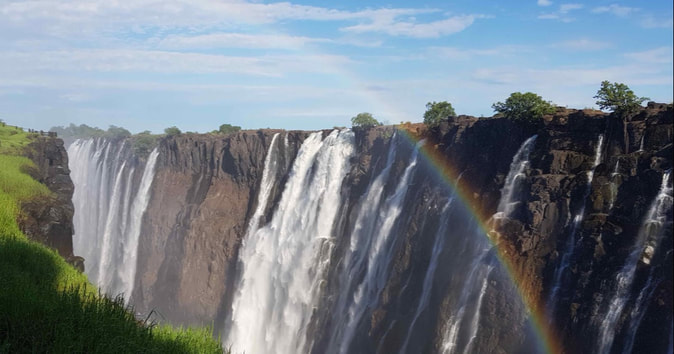
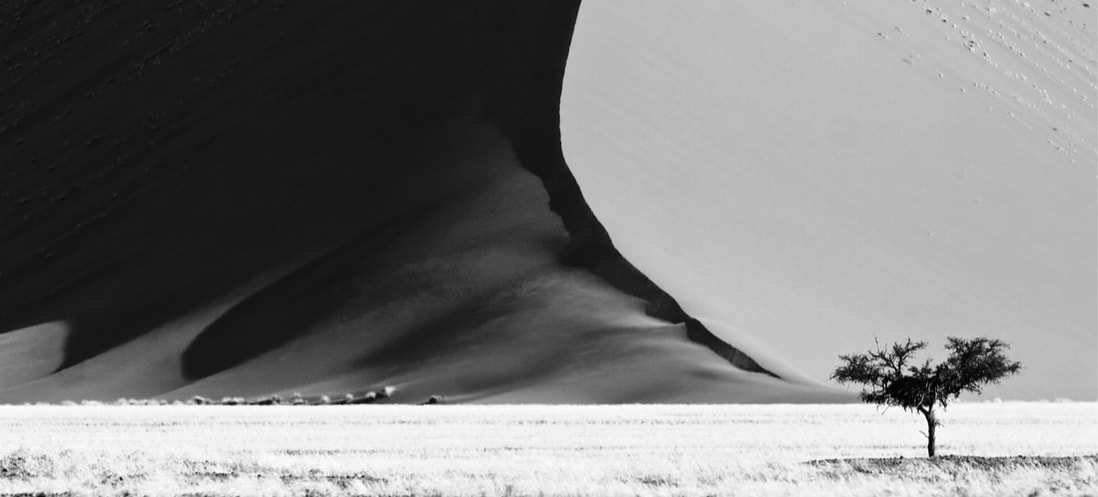
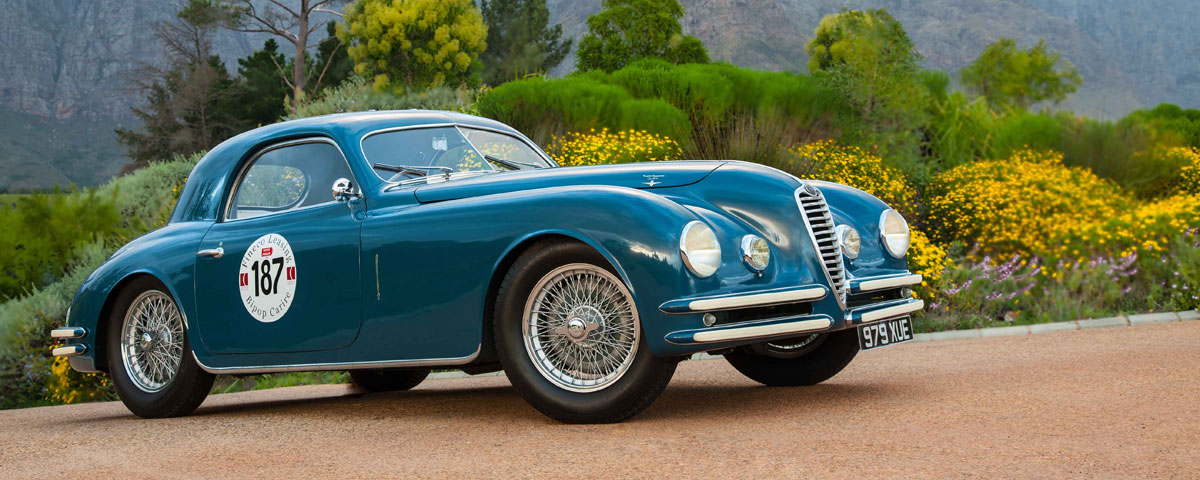
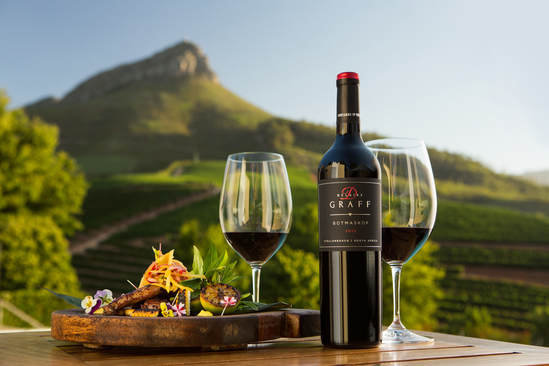
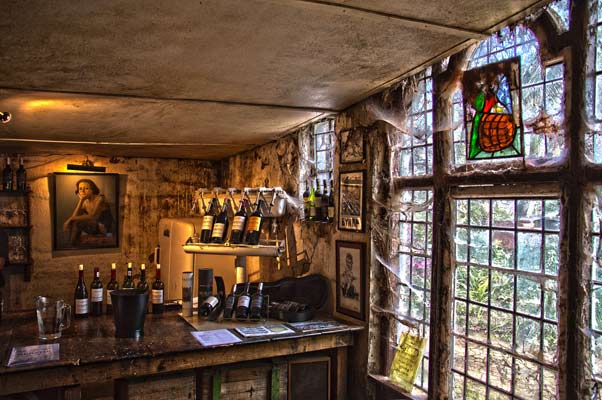
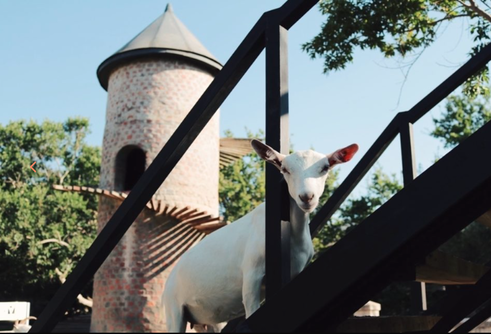
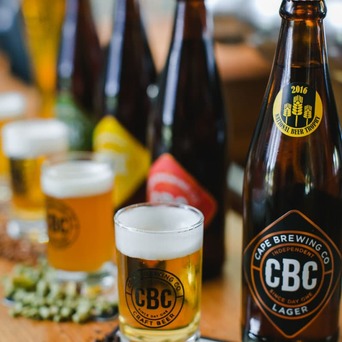
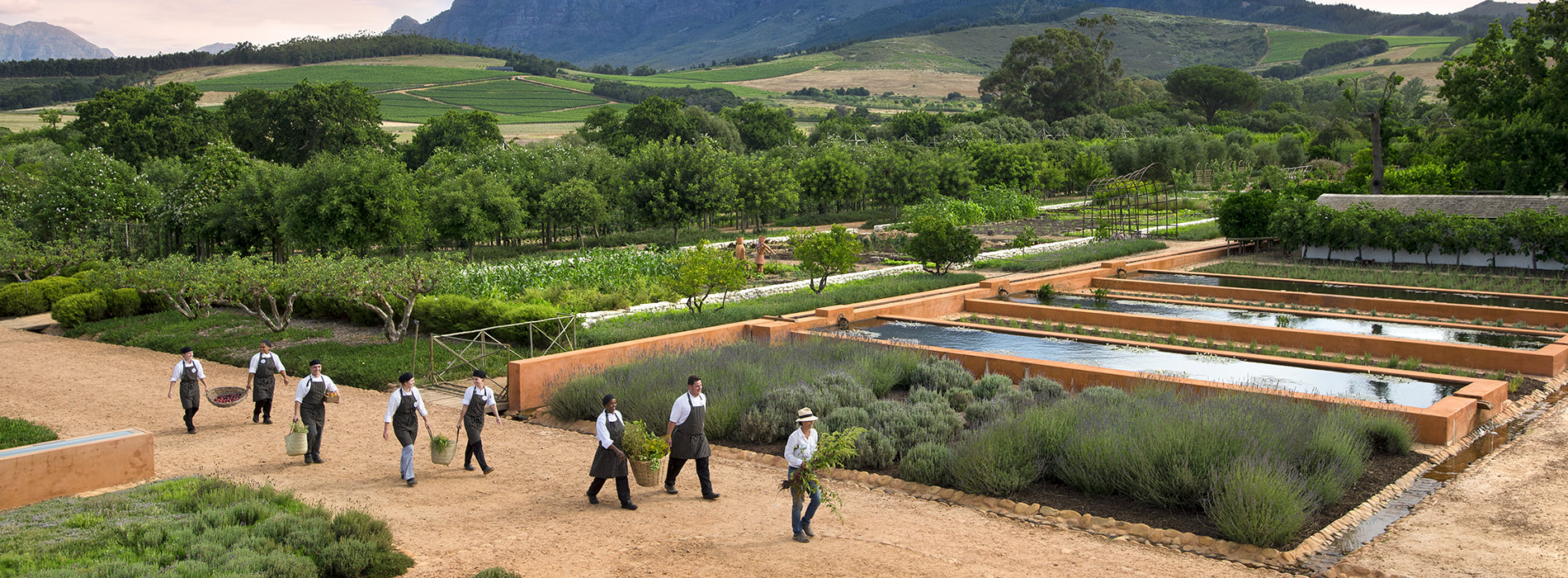

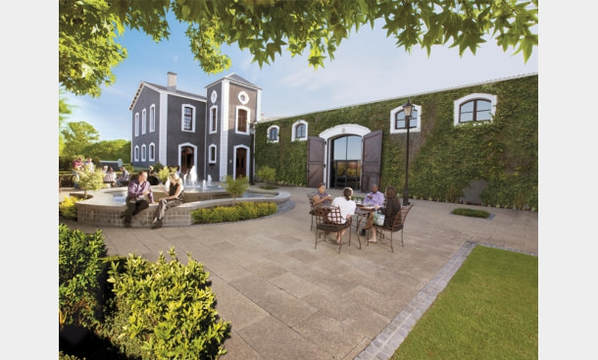
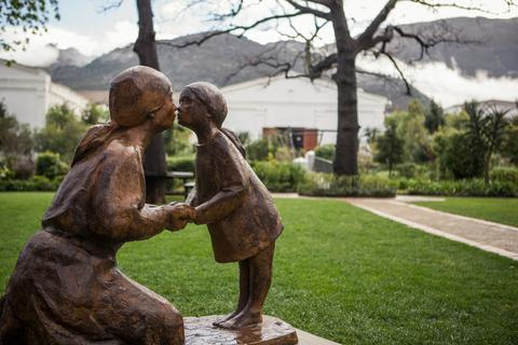
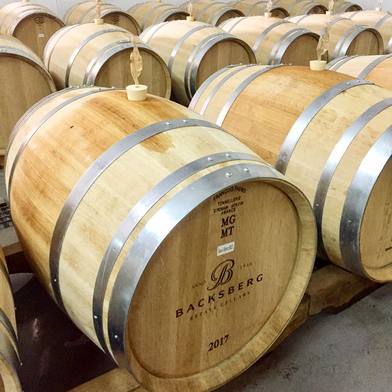
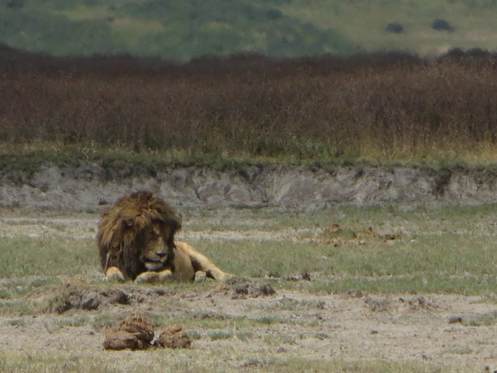
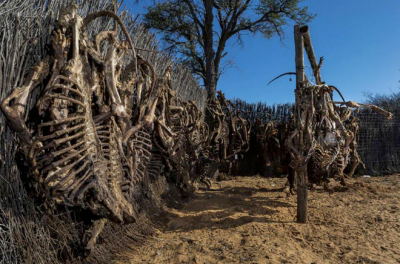
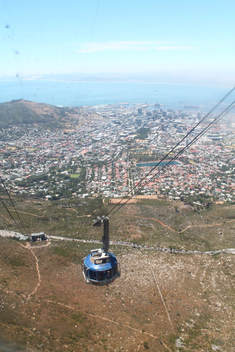
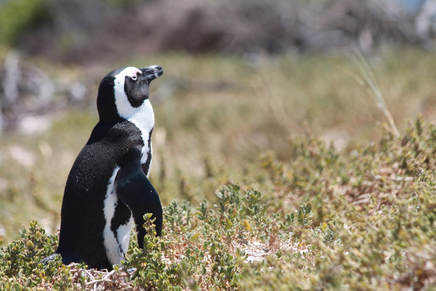
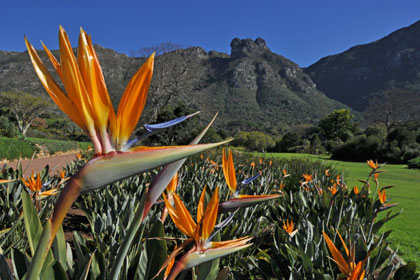
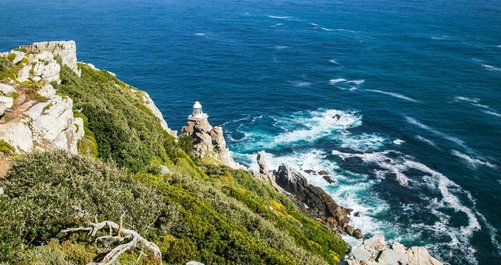
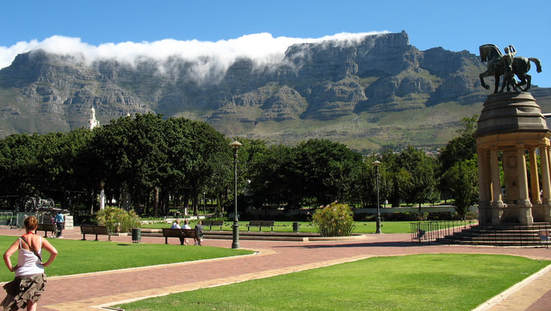
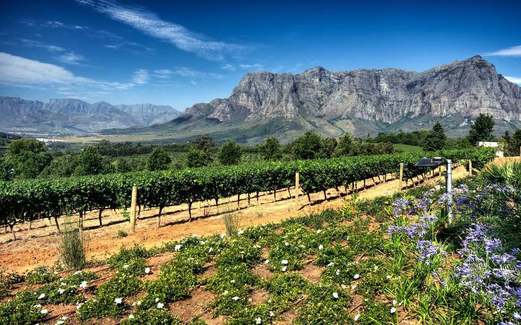
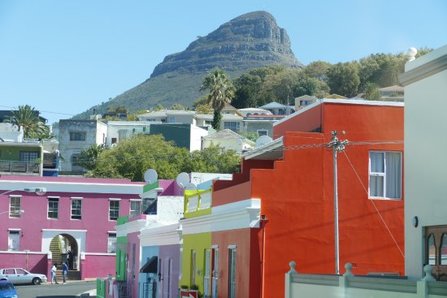
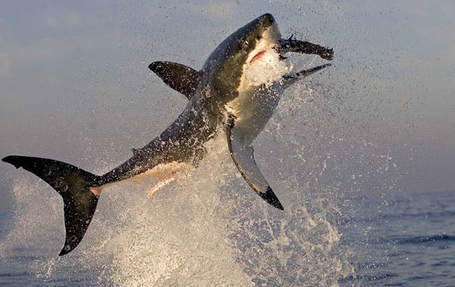
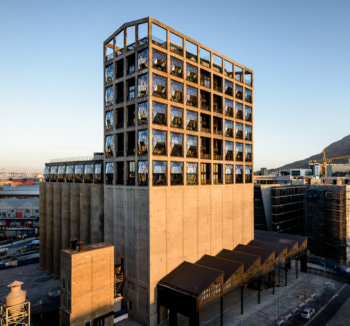
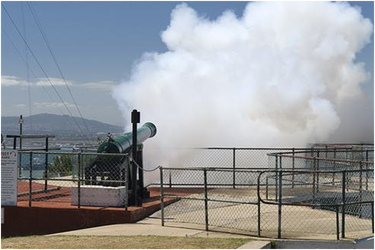
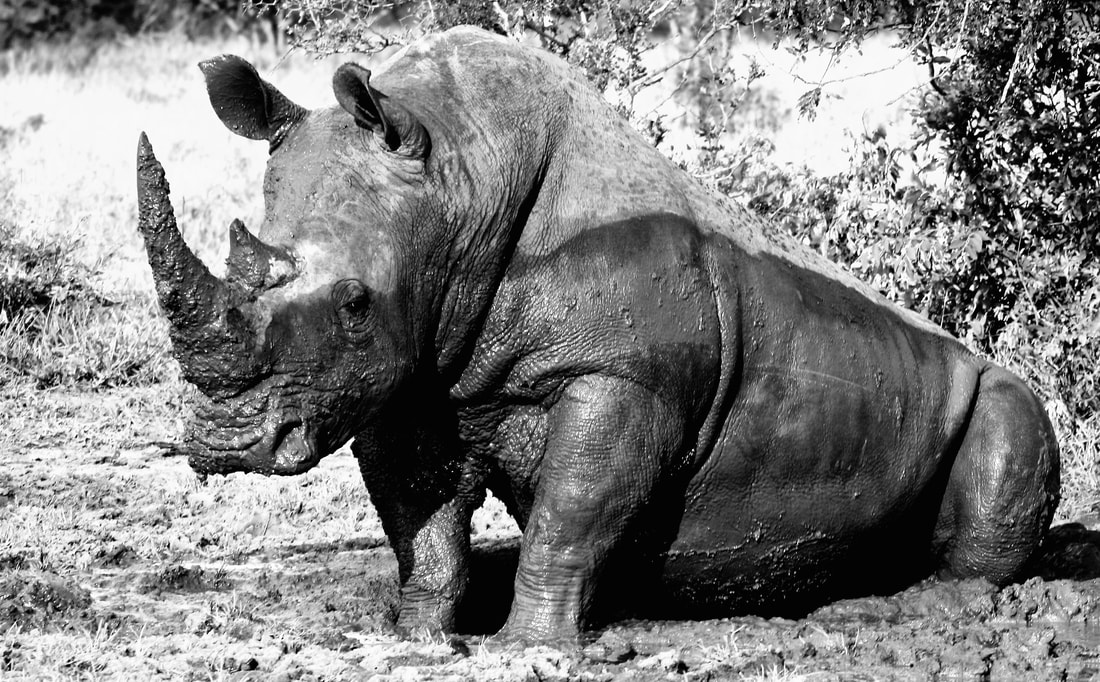
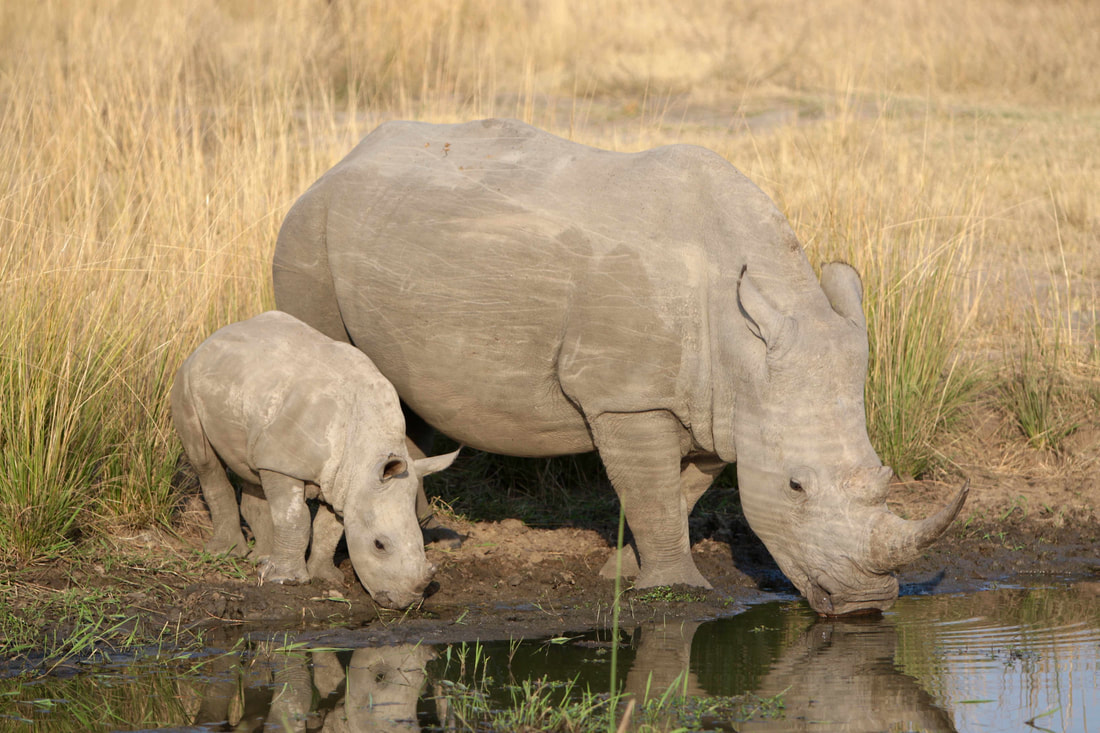
 RSS Feed
RSS Feed
